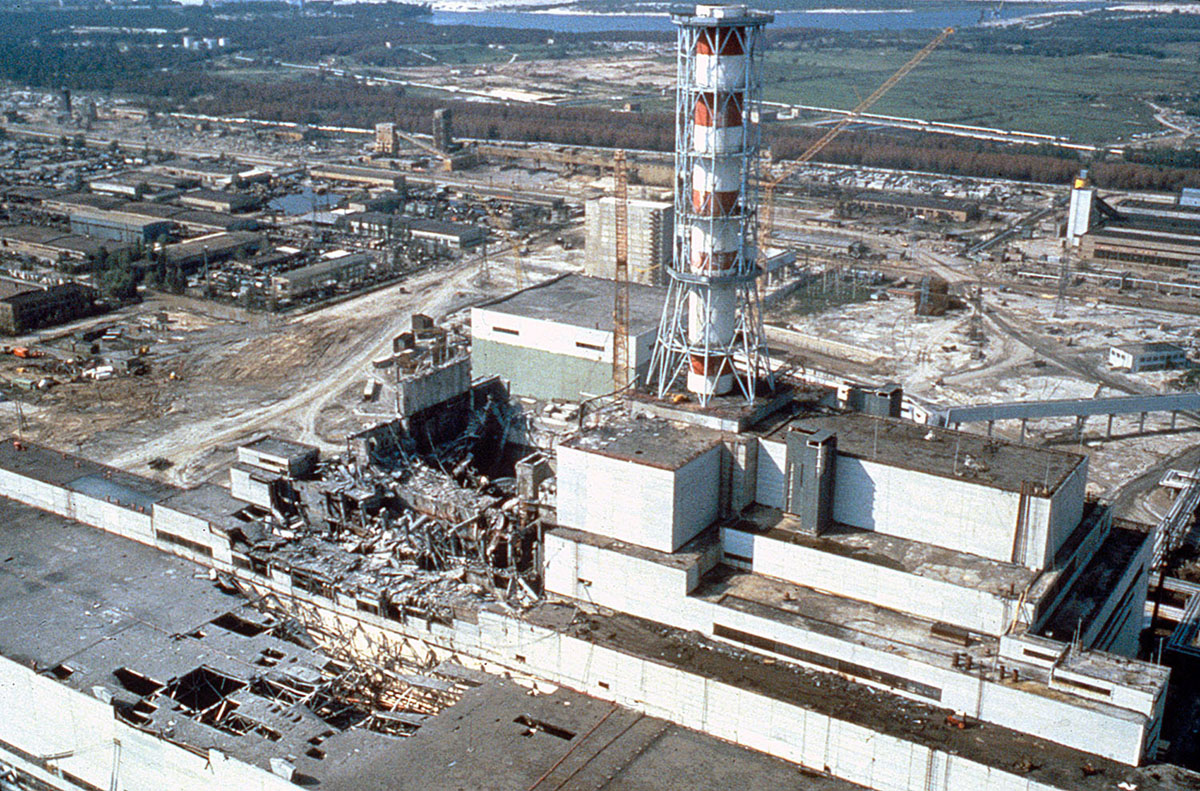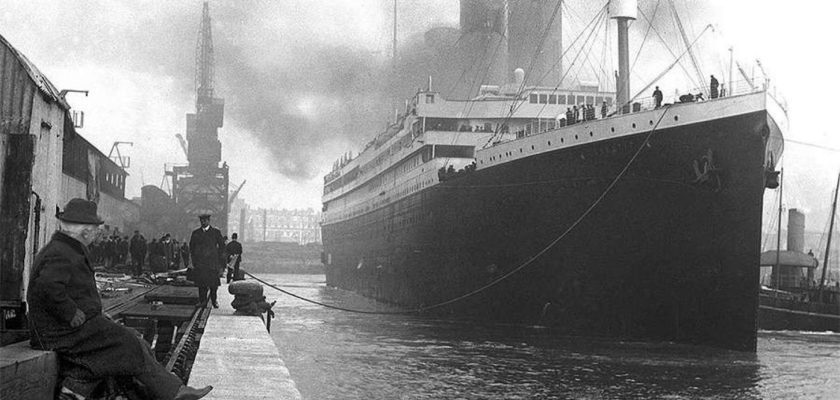“Titanic (1912)
RMS Titanic was a British passenger ship that sank after hitting an iceberg on her maiden voyage from Southampton (United Kingdom) to New York City, in April 1912. Titanic was at the time the largest ship ever built and was considered to be unsinkable. The tragedy claimed the lives of over 1,500 people.
But was the sinking of the Titanic an engineering failure? Many factors contributed to the catastrophe: removing half the amount of lifeboats originally planned for the ship, and cruising in high speed in an iceberg-prone environment. As for the engineering point of view: several rivets of the 3 million rivets that held the Titanic together were recently recovered and tested, and found to be made of low quality iron, which on impact caused them to fall apart. This might have contributed to the event. Another engineering fault was that the 16 watertight compartments that kept the boat afloat, were not individually sealed, but rather connected near the ceiling. This enabled the water to spill from one compartment to another and sink the boat.
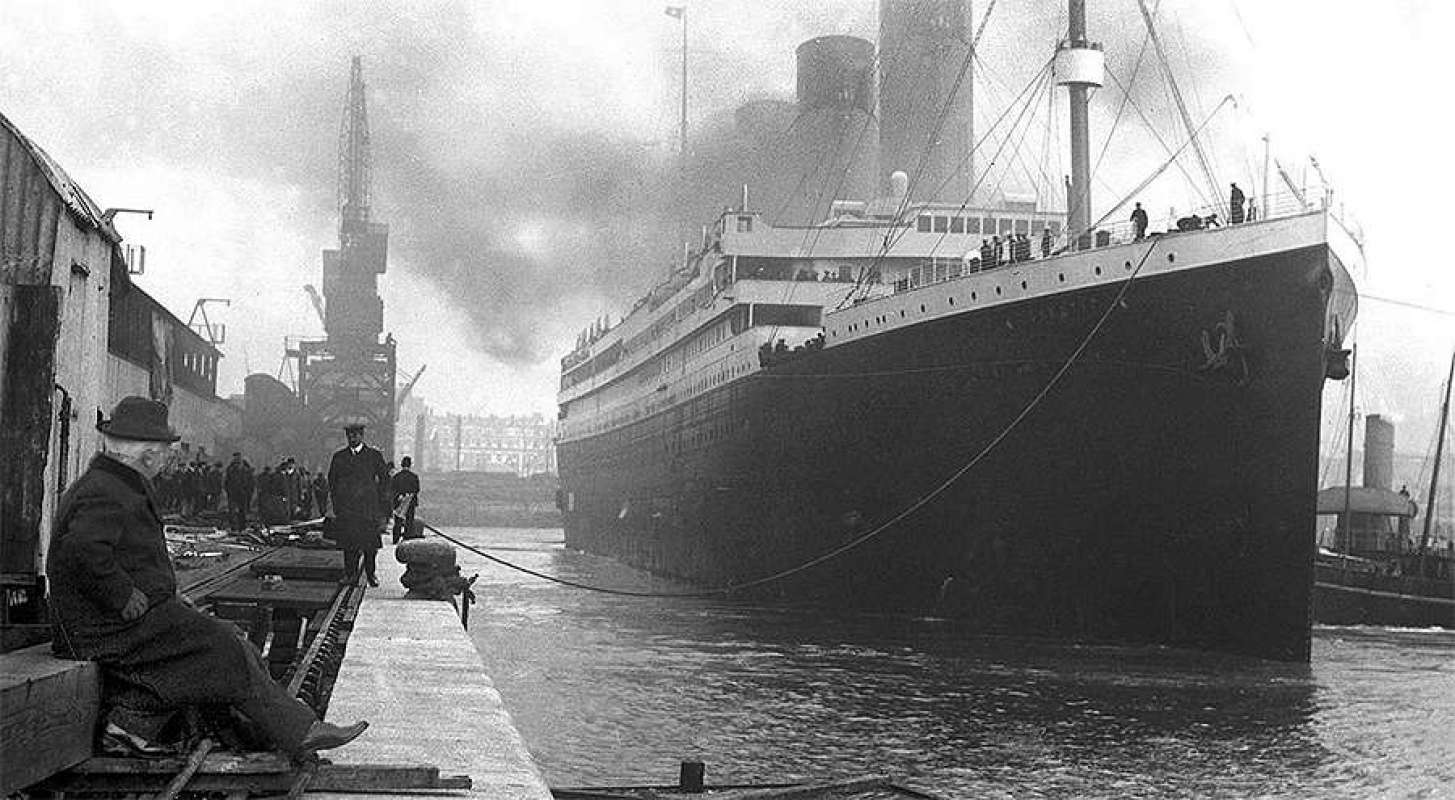
Hindenburg disaster (1937)
The LZ 129 Hindenburg was a German passenger airship that caught fire and crashed during its attempt to dock in New Jersey. 36 people died in the disaster that was caught on video. Decades of research and tests all came to the same conclusion offered by the original German and American investigators: The airship caught fire because of an electrostatic discharge that ignited leaking hydrogen from the 200 million liters (7 million cubic ft) of hydrogen gas. The Hindenburg disaster marked the end of commercial passenger airships.
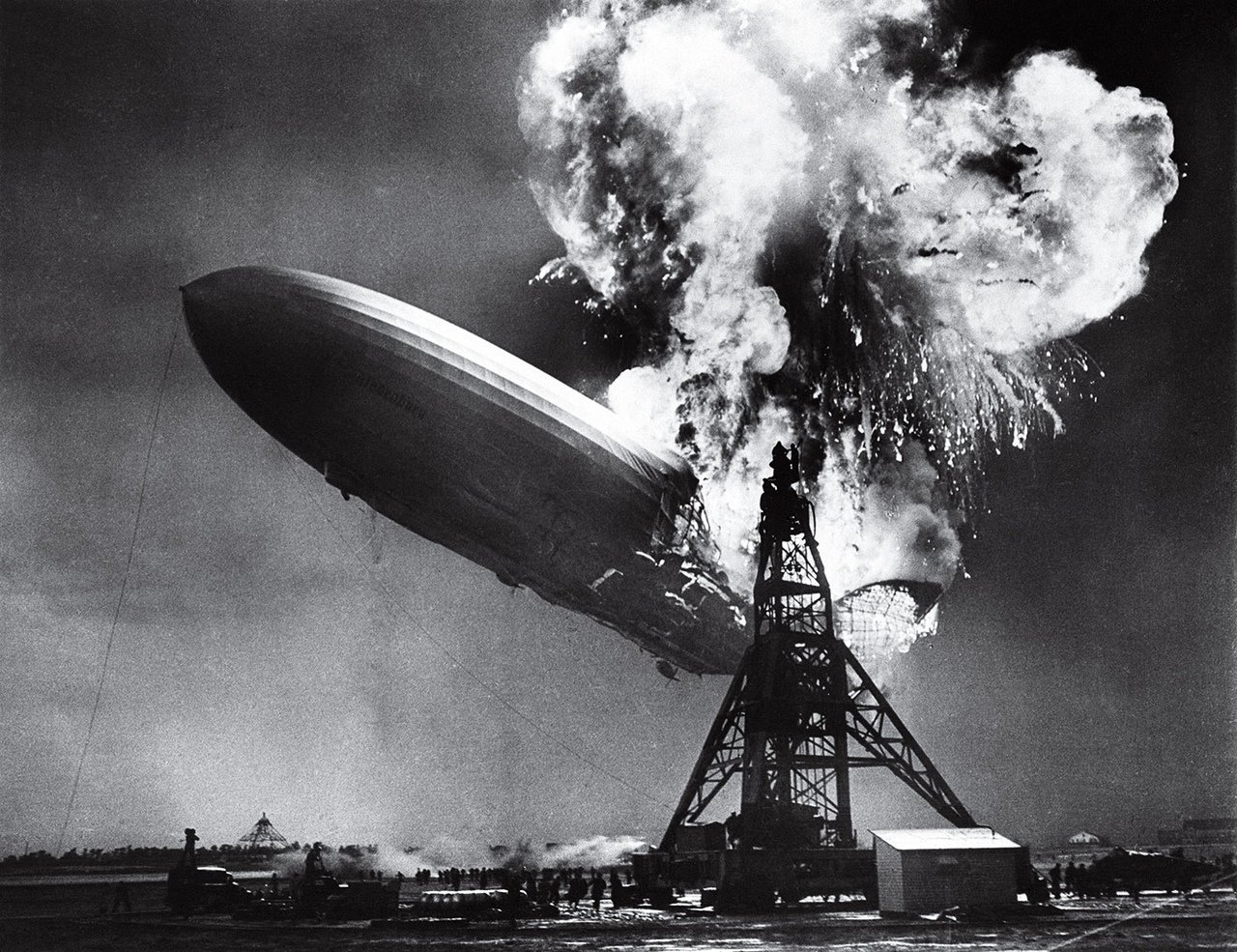
St. Francis Dam flooding (1928)
The St. Francis Dam was a concrete dam built between the years 1924 and 1926, to create a water reservoir for Los Angeles. The dam was located in a canyon around 40 miles (64 km) from the city. On March 12, 1928, just hours after being inspected by the Chief Engineer William Mulholland, the dam failed, sending a massive water wave 120 ft tall, and killing as many as 600 people in one of the worst American civil engineering disasters.
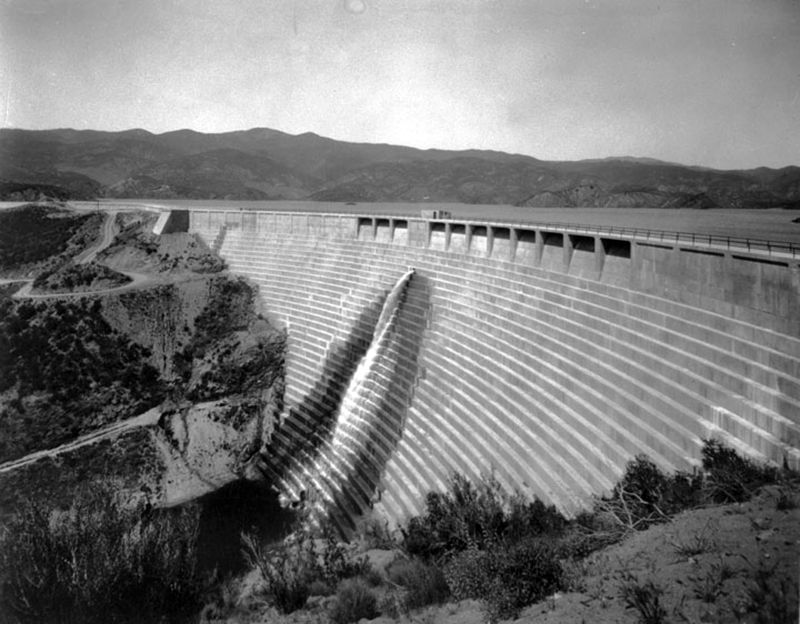
Cleveland East Ohio Gas Explosion (1944)
On October 20, 1944, a storage tank holding liquefied natural gas, that was kept above ground as was common at the time, began leaking. The liquefied gas dropped into the sewer lines, mixed with air and sewer gas, and consequently ignited. A series of fires and explosions killed 130 people in Cleveland, Ohio. The catastrophe event made a significant impact on the natural gas industry, that started to store the tanks below ground.
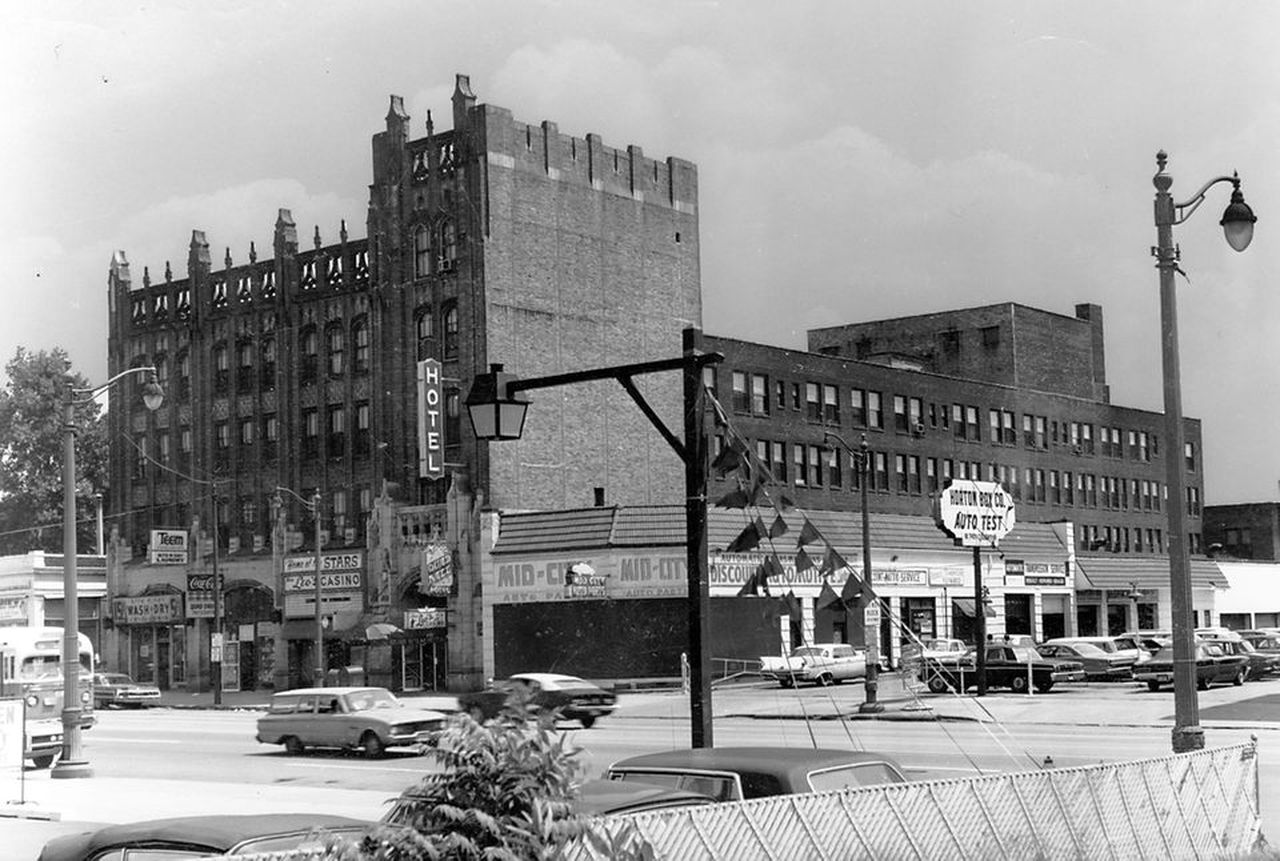
Space Shuttle Columbia disaster (2003)
On February 1, 2003 the Space Shuttle Columbia disintegrated during its reentry to the Earth’s atmosphere, killing its entire crew of 7 astronauts. The investigation showed that during the launch, a piece of foam insulation broke off from the shuttle and hit the left wing, damaging the tiles that protect the shuttle from the incredible heat produced during reentry. Upon reentry, these tiles failed, causing the the quick chain of events that ended up with the disintegration of the shuttle.

Chernobyl disaster (1986)
The Chernobyl disaster was a nuclear accident at the Chernobyl power plant. On 26 April 1986, during a systems test, there was an unexpected power surge that began a chain of events that consequently caused explosions and fire, which released radioactive particles into the atmosphere. The dangerous particles spread over a large area in Europe. Large areas were evacuated and the nearby city of Pripyat remains a ghost town till this day.
